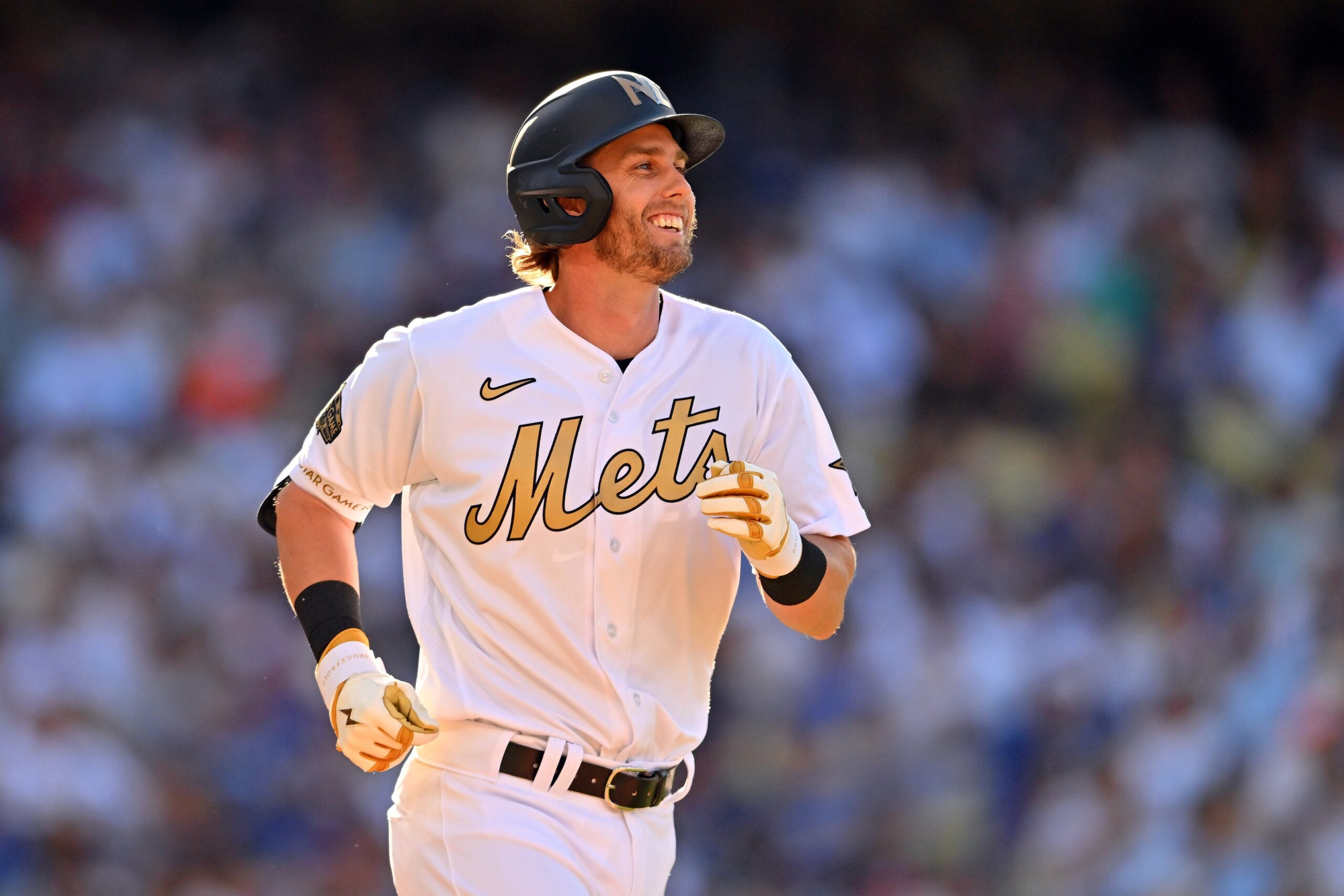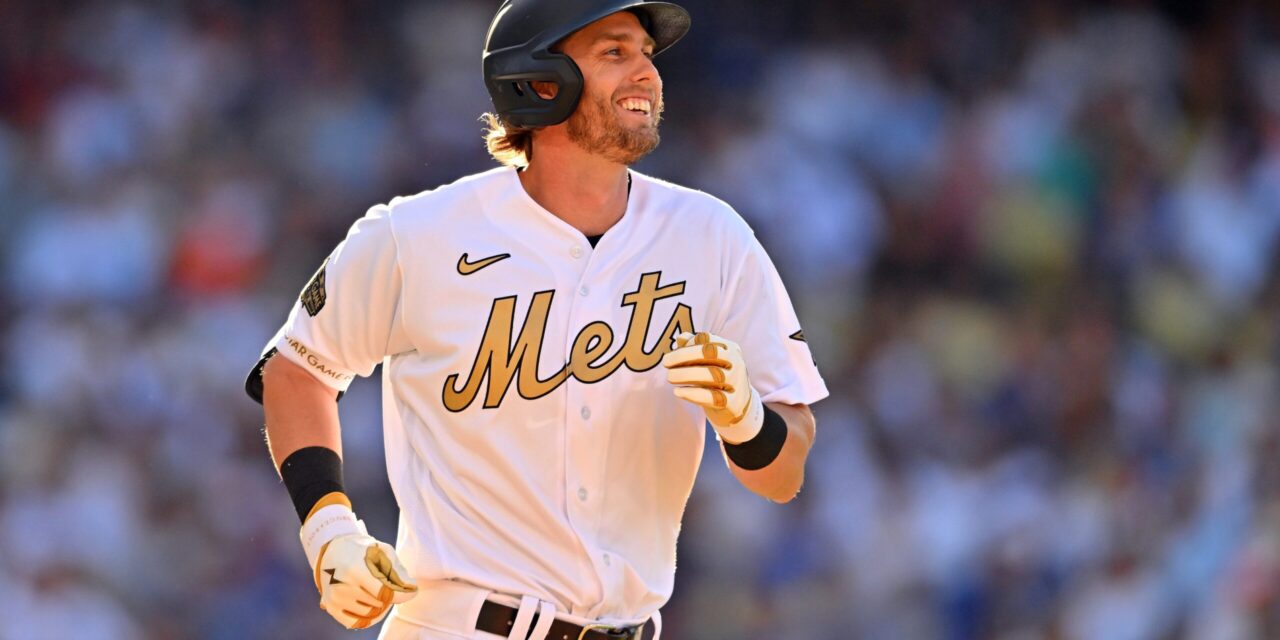
Jayne Kamin-Oncea-USA TODAY Sports
This year’s All-Star game was broadcast on Fox. The network tried a few innovations during the broadcast, however, the game drew record-low television ratings.
The mid-summer classic, according to an article in The Athletic drew 7.5 million viewers, down 10% from the game’s 2021 audience. The home run derby on Monday drew 6.8 million viewers. Baseball’s All-Star game remains the most watched of all the major sports, but the gap continues to shrink. The 2022 All-Star game was the first to ever draw fewer than eight million viewers.
How much has the television audience shrunk? In the 1990s, the summer showcase of baseball’s best talent routinely banked an audience of over 20 million. The event has not attracted more than 12 million viewers since 2010.
There are many reasons why the All-Star game’s popularity has dropped, with inter-league play probably the most prominent. There simply isn’t the novelty nor intrigue of seeing players from the “other league”. In the 1960s and 1970s, the All-Star game was highly competitive, symbolized by Pete Rose‘s crash into Ray Fosse in the 1970 game that resulted in a walk-off National League win. It’s hard to imagine something like that happening in current times.
The low ratings were not for lack of trying by Fox, as the network tried some new things to bring the intricacies of the game closer to the fans. Consider the in-game conversation between John Smoltz in the booth and Alex Manoah of the Blue Jays who was pitching for the American League. Ken Rosenthal captured some key moments in an article in The Athletic.
“Make this slider look like a strike on the outside corner and make it disappear off the corner,” Smoltz said.
Manoah wasn’t so sure.
“I’m thinking the slider, too, but I think if I execute a good heater up …” Manoah said, rubbing the ball as he pondered his next move. “He has seen the sinker twice. Something that stays true (straight) might throw him off a little bit.”
Later in the game, Fox aired a live conversation between Nestor Cortes of the Yankees, and his teammate and ASG catcher Jose Trevino. Here is some of the dialogue from Rosenthal’s article, as Cortes and Trevino decided on their approach.
“What are you thinking?” Trevino said to Cortes before a 2-1 pitch to the Braves’ Austin Riley.
“Cutter, back door,” Cortes said.
“Get it there,” Trevino replied.
To some, the interactivity of the broadcast trivialized the game, making it seem like a Sunday morning softball game. To others, the eavesdropping on player conversations helped further an understanding of the game, and the thought processes the players go through. Braves’ pitcher Colin McHugh was in the latter camp. From Rosenthal’s article:
After viewing the sixth inning of the All-Star Game, Braves reliever Collin McHugh tweeted, “That was the single best inning of baseball I’ve ever watched. Listening to Nestor and Jose do that in real time was truly amazing.”
There was also “ump cam” during the game, attached to home plate umpire Bill Miller‘s mask. The innovations may not have positively impacted viewership, but give Fox credit for trying to infuse intrigue into an event that has lost much of its luster.
As an older fan, I prefer the days of the All-Star game being played seriously (not the home field advantage years). I miss when the two leagues wanted to beat each other. I loved the 1994 game when Fred McGriff dramatically tied the game in the bottom of the ninth with a home run off Lee Smith of the Orioles.
Those days are over. The All-Star game is no longer the attraction it once was. Maybe interactive in-game conversations will help bring the game’s strategy closer to the fans, and subsequently, increase interest. Maybe those innovations will not. Time will tell.
If nothing else, the 2022 All-Star game broadcast was unique, if not widely watched.
















